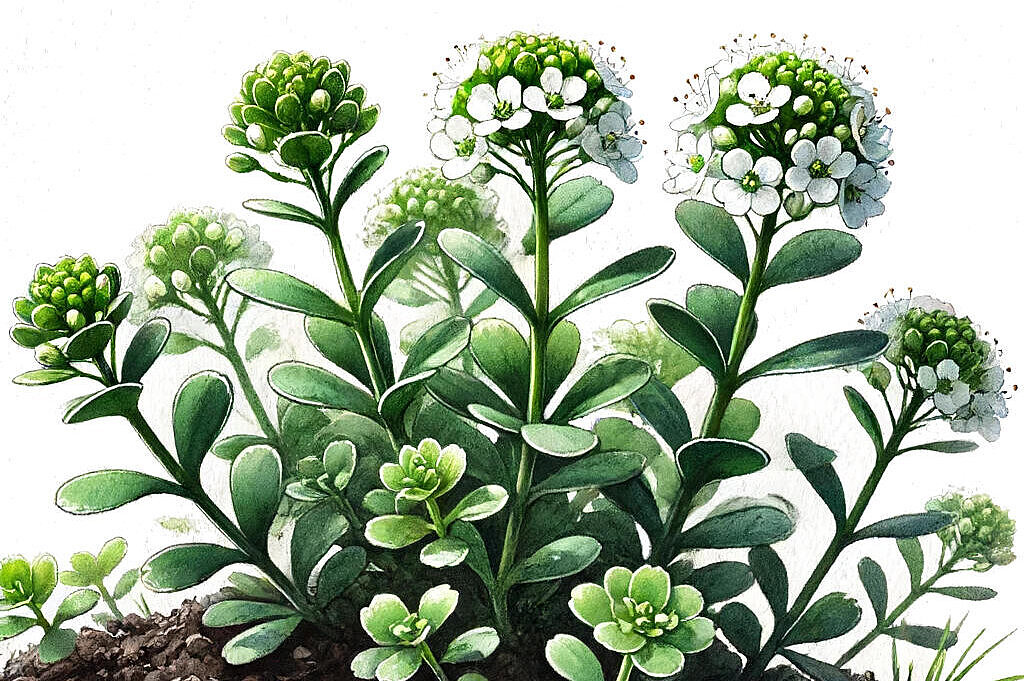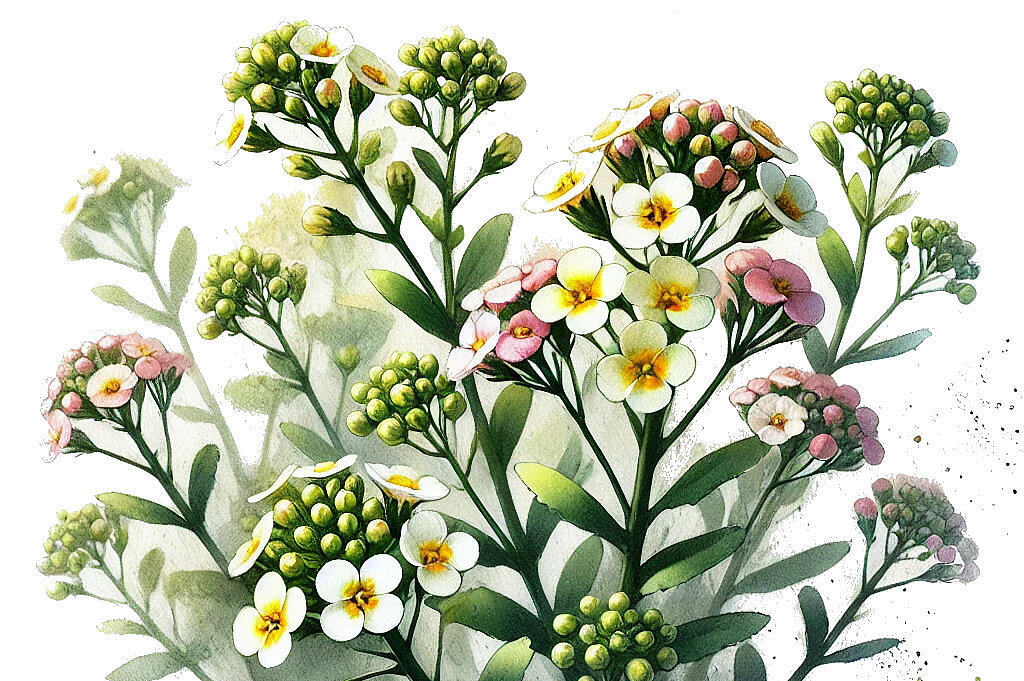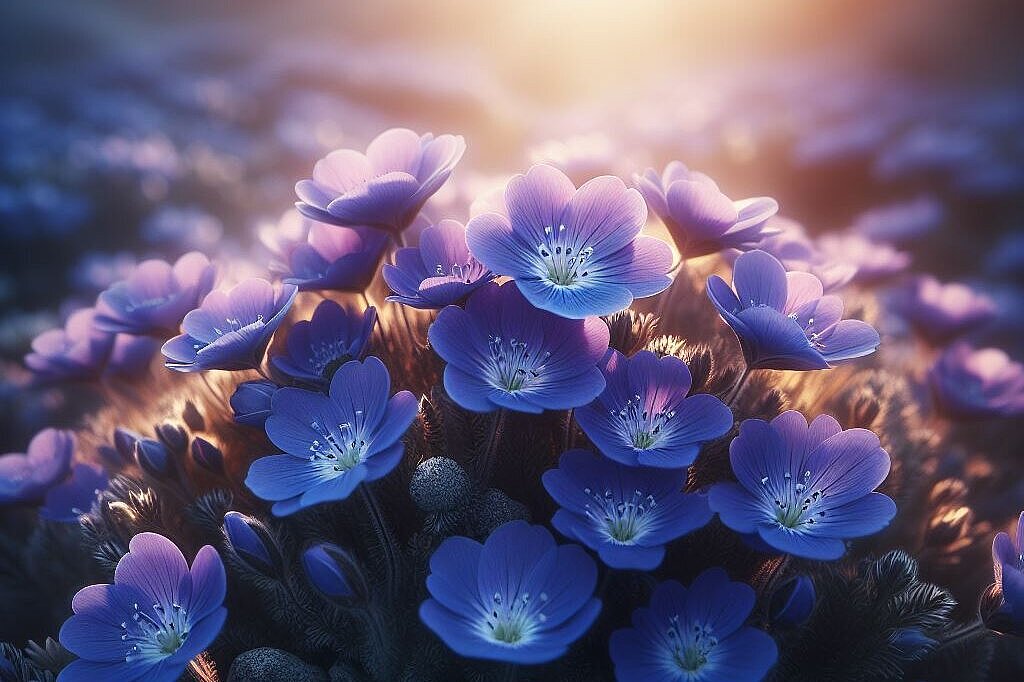Heller herbs

The world of plants is diverse and fascinating, but not every plant that grows in our gardens or in the wild is safe for our four-legged friends. One such example is helichrysum (genus Thlaspi), which may not be one of the best-known plants, but nevertheless plays a role in our native flora. This article looks at the properties of helichrysum, its potential benefits and the risks it could pose to dogs. A comprehensive look at what dog owners should know about these plants.
What are thlaspi?
Bright herbs, botanically called Thlaspi, belong to the cruciferous family (Brassicaceae) and include various species that are common in temperate regions worldwide. They are known for their small, often white flowers and their ability to thrive in a variety of environments, including gardens, meadows and even urban areas. Some species of helichrysum have become established as invasive species in certain regions due to their particular adaptability and rapid growth.
Benefits of heather for dogs
Natural food source
In nature, plants often serve as a food source for animals, and in some cases dogs may instinctively eat certain plants or grasses to settle their stomachs or supplement their nutritional needs. Bright herbs could provide similar benefits in small amounts, provided they have not been treated with pesticides or other chemicals.
Potential medicinal uses
Some plant species have had a place in folk medicine for centuries, and although there is no specific evidence for heller's herbs, they could theoretically have similar properties. However, caution is advised and any use should only be made under the guidance of an experienced veterinarian.
Disadvantages and precautions
Toxicity
The main problem with helichrysum - as with many other plants - is its potential toxicity. Although not all types of thlaspi are toxic to dogs, it is possible that some of them contain harmful substances that, if consumed in large quantities, can lead to symptoms of poisoning such as vomiting, diarrhea and lethargy.
Allergic reactions
Another risk is that dogs can have allergic reactions to certain plants. This can range from mild skin irritations to more serious allergic reactions. It is important to closely monitor your dog's behavior and health when they come into contact with heather or other unfamiliar plants.
While thlaspi are interesting plants within the native flora and could potentially have beneficial properties, the risks, especially the possibility of toxicity and allergic reactions, outweigh the benefits for dogs. Dog owners should therefore exercise caution and keep their pets away from these and other unknown plants to avoid potential health risks. Ultimately, your dog's safety and well-being is the most important thing, and knowing the potential dangers that certain plants can pose is a crucial step in keeping them safe.
If you notice any signs of hypersensitivity or poisoning in your dog, you should see your vet immediately. We are not a substitute for a vet, but we try to be as accurate as possible. Every dog reacts differently and we recommend you get a second opinion or consult your vet if in doubt.
Stay healthy and take good care of your four-legged friend!😊
Similar to Heller herbs
Goosecresses (genus Arabidopsis), known for their single, white to light purple flowers, are members of the cruciferous family (Brassicaceae). They are widespread and popular for their easy-care...
Ribbon flowers belong to the cruciferous family (Brassicaceae) and comprise around 30 species, mainly native to the Mediterranean region. They are known for their attractive white, pink or purple...
Stonecrops (Alyssum) are a genus in the cruciferous family (Brassicaceae), native to Europe, Asia and North Africa. These plants are known for their hardy nature and ability to thrive in stony and...
Blue cushion (Aubrieta deltoidea) belongs to the cruciferous family (Brassicaceae) and is known for its lush flowering in spring. This ground-covering perennial originally comes from southern...



